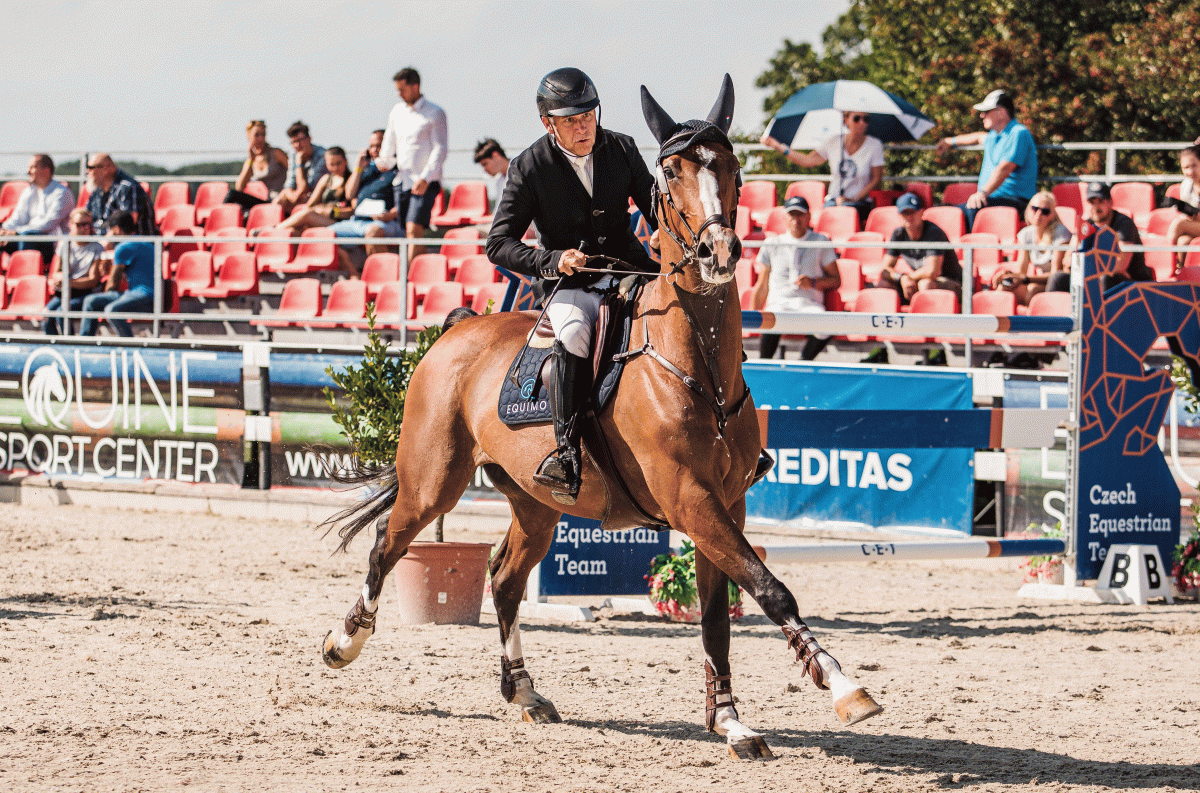
Intensity is the name for the amount of effort a horse puts into training. Although it may seem difficult at first, the knowledge and ability to work with intensity, as the headline hints, may become a significant help for several reasons. You can make sure your horse's training is neither less nor more intense than you intend to. It gives you a general knowledge of your horse's health state, and it also provides an excellent guidepost to help structure your training.
Every horse has their needs according to their age, fitness, and workload. For youngsters or green horses, it is crucial to develop their fitness. Here, you can apply longer sessions in low or moderate activity – long walks or longer trotting training, for example, where the intensity does not vary much within one gait. However, reasonable pieces of higher-intensity training (such as galloping outside) increases bone density. The bones in younger horses are forced to adapt to added stress during high-intensity work, which helps increase bone density and, therefore, supports bone strength development. Even though high-intensity work should be served in little portions for these horses, it shall not be forgotten.
Low or moderate activity in experienced horses, unlike in youngsters, no longer improves fitness. A high-intensity interval training applies if you wish to work on fitness with a horse that works regularly. Interval training means doing a high-intensity activity for a limited amount of time, followed by a rest period. Two-minute extended canter followed by a two-minute walk part, for example.
The knowledge of intensity can also be helpful with horses experiencing weight issues. In overweight horses, you have two options training-wise. As it is best to start in small steps and increase activity by approximately 5%, you may add one training session per week, for example. The other option is to increase the intensity of sessions by longer passages of trot or slow canter. These passages should not be too long in the beginning, though. Remember that slow but steady wins the race, especially when dealing with an undesired weight.
If you have the exact opposite of an overweight horse and your four-legged friend seems unable to gain some pounds, too much of a workload might bet the answer here, as overworked horses tend to lose muscle tissue. By keeping an eye on the intensity and burnt energy, you make sure your sessions are not just too much.
Keeping track of the training intensity helps you look after your horse's overall well-being, as well. If your horse suffers from a health issue, you can use the knowledge of intensity to your advantage. Tereza Vysoudilová has experience with training two cardiacs for showjumping competitions, and she has learned to work with intensity pretty well. "Two of my horses have a cardiac murmur, and I control the intensity for them. I try to keep it as stable as possible without major divergences, "she says.
So what is the EQUIMO intensity graphics here for? To help you evaluate and better adjust workload for your horse. When you have planned a session, these graphics give you feedback on how hard it has been for your horse and whether it did or did not accomplish the desired goal. It can also work as a retrospection. You see the effort needed for the training session and the distribution of more challenging parts during the training. With these graphics, you can be sure your horse's workload is not too easy or, on the other hand, too demanding (the high peaks on your graphics should not be too long, and they should be followed by a period of lower intensity). As the saying states, 'Victory loves preparation.' These graphics definitely help you have everything in your training under control and aim for your goal in a more goal-minded way!
If you look at the chart below, you can see a piece of the intensity analysis. This analysis is from a jumping session. The horizontal axis in the chart shows time, whereas the vertical axis shows intensity measured in intensity units (i). A low-intensity workout reaches approximately up to 10i. A medium-intensity work can be measured up to 30-35i. Work above 40i belongs to the category of high-intensity training.
In this chart, high-intensity peaks mark the jumping parts where the horse puts a lot of effort in, alternating with low-intensity passages of rest. As you can see, canter while jumping reaches 50i with this particular horse. Meanwhile, collected canter during a session with the same horse may be shown in intensity numbers lower by 10 or 15i.